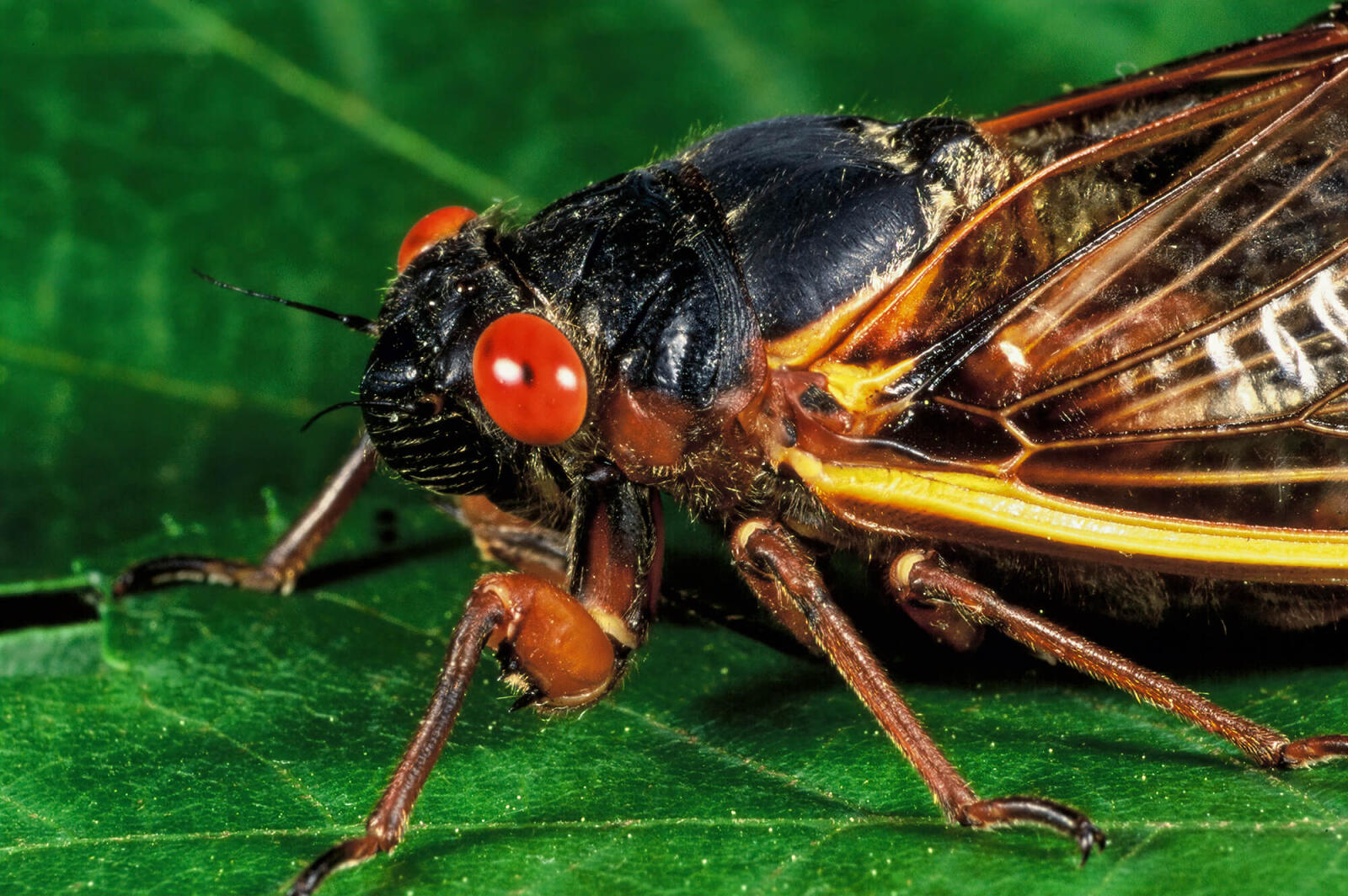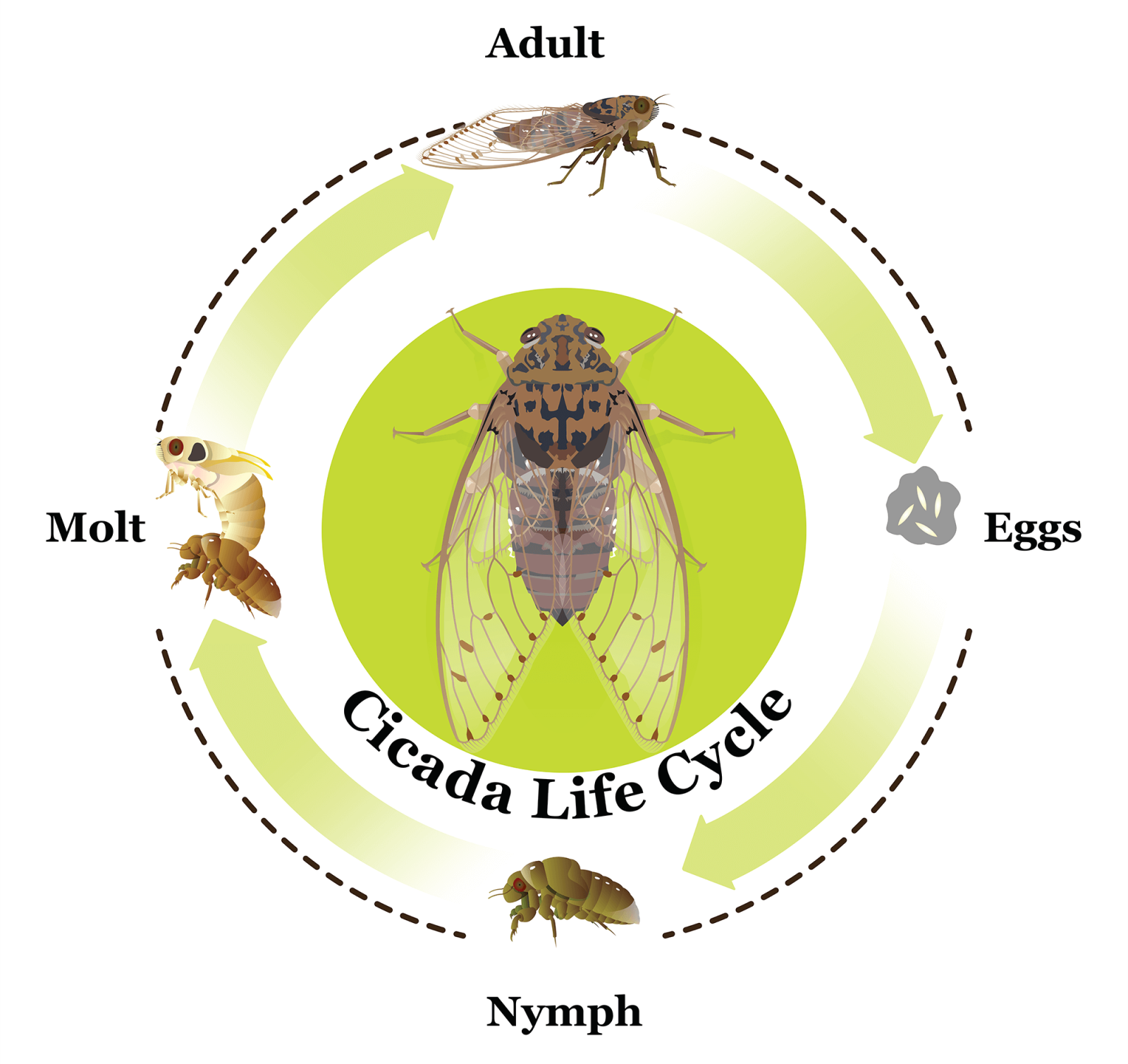May 26, 2021

An adult periodic (17-year) cicada.
The cicadas are coming — here’s what you need to know

Marvin Gunderman
After 17 years of brooding underground, the Generation X immersion of cicadas are ready to emerge this summer.
“[The periodical cicadas] in the news right now are in the eastern seaboard of the United States,” explains former McMaster entomology professor Marvin Gunderman. “However, insects don’t know borders, so they probably are in the extreme southern part of Canada, but they’ll never be in the huge numbers that the eastern seaboard of the States has.”
While most of the periodical cicadas will be found south of the border, Canada is home to other species of the flying insect. In southern Ontario, the dog-day cicadas — with a life cycle of two to four years — emerge every year on a staggered cycle in the late summer to fall.
And boy, do they make themselves known!
Cicada’s are often referred to as the “summer song,” as the male’s screeching rarely goes unnoticed. However, there’s no need to be alarmed, as cicadas are harmless, Gunderman says.
First, cicadas exist as nymphs underground.
“[Nymphs] are in a feeding stage. They feed on the roots of plants, shrubs, bushes and trees...they draw nutrients from the plant, but unless you have hundreds on a single bush, it’s not enough to make [any plant] suffer,” explains Gunderman.
The nymphs moult several times underground before entering their final metamorphosis, shedding their exoskeleton above ground, to become fully-winged adults.
“[In the adult stage] their job is pretty simple. It’s to find a mate, lay some eggs and then die. They almost do zero damage to plants when they are in that adult stage,” says Gunderman. “We just freak out because we see them flying everywhere.”
After mating, male cicadas die and females live for three to four more weeks. Her job is to take fertilized eggs, lay them up in twigs all throughout the canopy of trees and then die. The eggs will hatch into little nymphs and drop to the ground where the nymphs burrow through and catch to a root to repeat the entire cycle.
“Cicadas are really something to not be worried about plant wise… they should be celebrated because they are one of our biggest, robust and cool looking insects,” says Gunderman.
The incoming generation of cicadas will keep this bug in the headlines, and although they are loud, large and quite fascinating to follow, you can rest assured knowing your garden is safe. After all, centuries have proven these bugs are simply another part of Mother Nature's natural life cycle.
 Nymphs of cicada remain underground for 17 years before emerging, metamorphosing to adults, mating, and dying.
Nymphs of cicada remain underground for 17 years before emerging, metamorphosing to adults, mating, and dying.